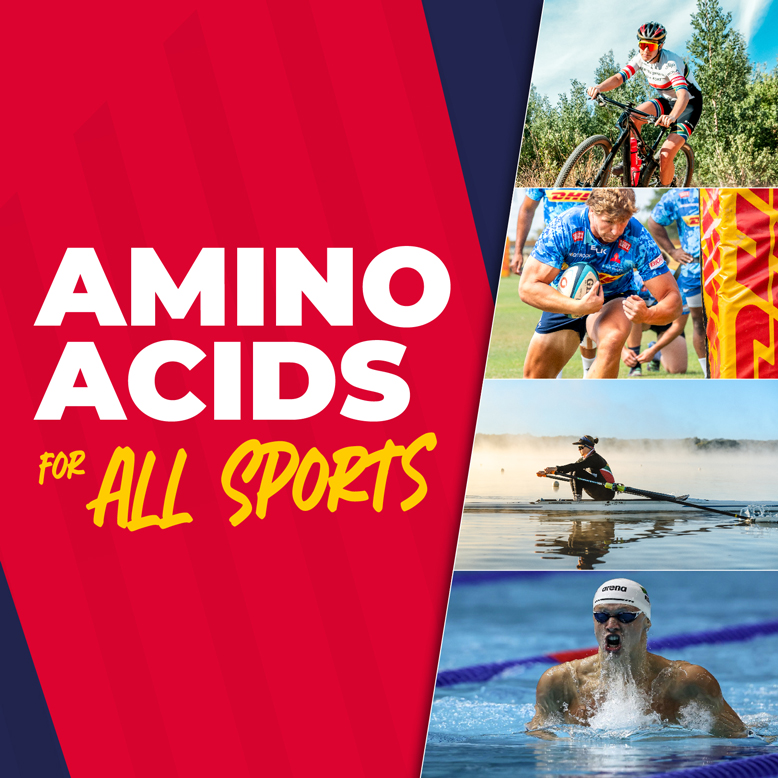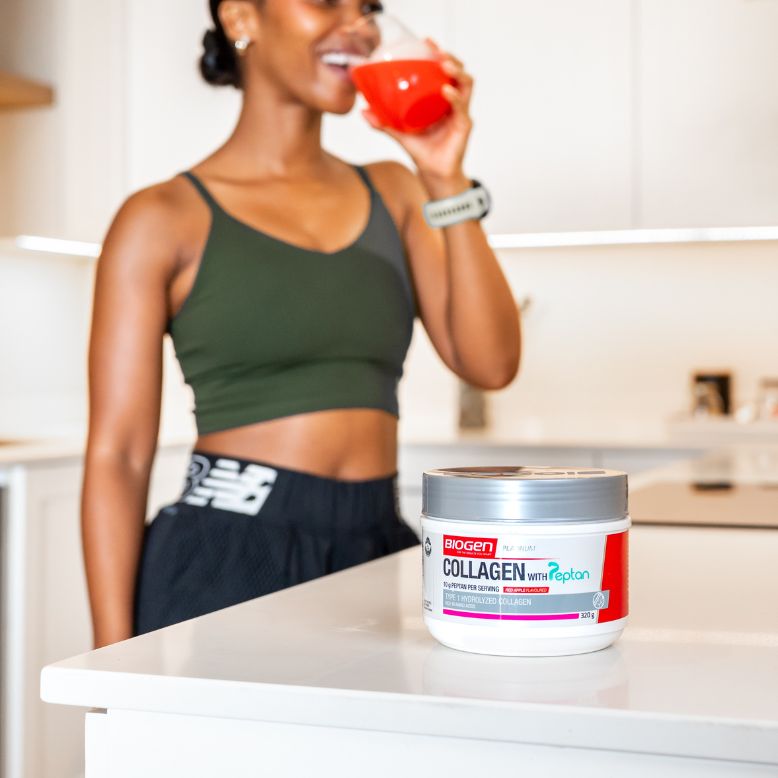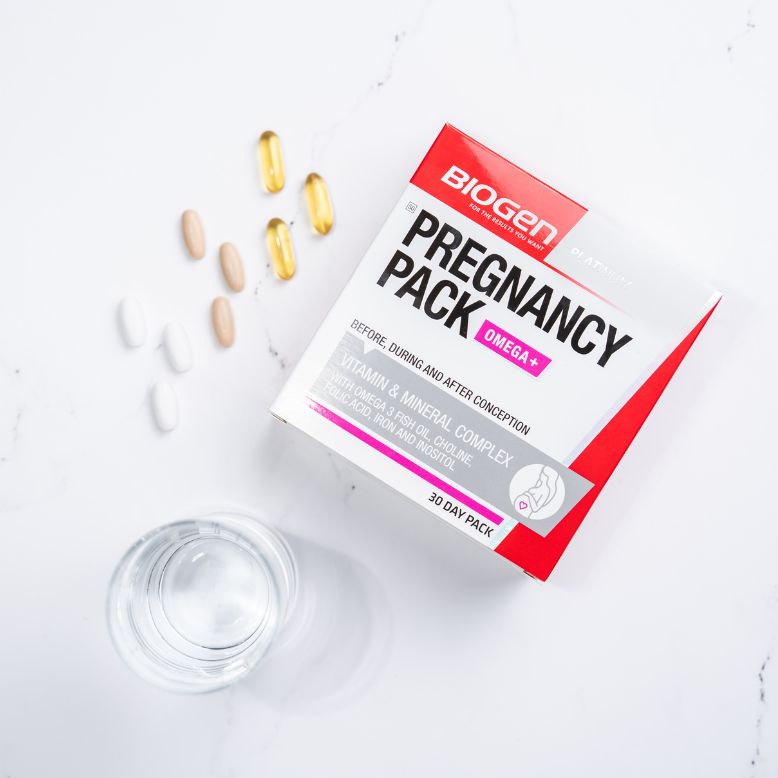
Runners are a community of passionate individuals who love to constantly push their physical limits by running faster or farther
or simply enjoy getting outdoors for a group run with likeminded people for some social banter coupled with fitness, health and weight-loss benefits.
No matter why you choose to run, spend enough time with runners and you’ll realise that they have their own vocabulary, with different words and phrases commonly used among runners at every level.
Ensure you can understand and speak the running lingo with this A-Z glossary of common running terms:
A table along a race route that supplies food and drinks in the form of energy drinks and water, usually in sachets or in plastic cups.
The printed sheet you receive with your race pack that carries your race number (also called your bib number) used to identify each runner in a race. Bids today also carry an RFID chip to track runners through the timing mats. Some race bibs also carry the runner’s name, which helps spectators and supporters spot their athlete or allows by-standers to shout support at individual athletes.
The number of steps a runner takes per minute. The recommended average is 180 steps per minute (90 on each leg), with higher cadences common among faster runners, especially over shorter distances.
An acronym for Did Not Finish a race. This can happen for various reasons, like an injury, missing a time cut-off along the route (common in ultra-marathons and trail runs), or a lack of adequate preparation for the race.
Including easy runs in your weekly routine is vital for a balanced training plan to support recovery an avoid overtraining. Easy runs are typically a run at a comfortable pace with a heart rate that remains below 140 beats per minute.
Your foot strike is how and where your foot hits the ground. The three strike patterns include heel strike, mid-foot strike and forefoot strike. Most runners strike with a combination of strike patterns during different runs, with the recommended option a mid-foot strike, especially during faster runs. The important aspect to keep in mind is ensuring your feet strike the ground under your hips rather than out in front of you, which is considered over-striding.
Many runners carry energy gels with them during long runs and races for an immediate source of carbohydrate-based energy and other ingredients like electrolytes to fuel their effort and replenish glycogen stores.
A type of workout where a runner repeatedly runs up a hill at speed to build strength and power, and jogs back down for active recovery before the next repeat.
A running workout that alternates between intervals of high-intensity running followed by a short rest period or a lower-intensity active recovery interval.
Junk miles are typically the extra kilometres a runner does without a clear focus or intent. This could include extra mileage to simply hit an arbitrary round figure for the week, or a run without any consideration given to intensity or structure – miles for the sake of miles.
Planned easy and recovery runs are not considered junk miles as they serve a specific purpose when performed at the correct intensity. However, you could consider easy runs performed in zone 3 instead of zone 2 (read about zones below) as junk miles. Similarly, extra hard runs that might fall outside your weekly planned sessions that have no structure are also wasteful efforts that do more harm than good.
The standard measure of distance used in countries that adopt the metric system to quantify distance. Common race distances include 5 km, 10 km and half marathons (21.1 km).
An acronym for Long, Slow Distance. Usually used in the context of the weekly long run, which runners typically do at an easy and comfortable pace to boost fitness and stamina by spending more time on their legs.
A challenging yet extremely popular race distance of 42.195 km. The six most prestigious marathons in the world are known as the World Marathon Majors, with thousands taking part in the events each year.
In 2023, the New York marathon had the largest field, with 51,402 finishers, according to New York Road Runners.
Negative splits are a positive way to run a race. It means running the second half of a race or run faster than the first.
Over-pronation is when your foot rolls too far inward causing you to push off from your big toe, which is a common cause of injury. Normal pronation is when the foot makes contact on the outside of the heel first, then the foot rolls towards the inside until the entire foot is on the ground before pushing off from the ball of your foot.
Pace is the total time in minutes it takes to cover a kilometre or mile. Using average pace per kilometre is a sensible metric to achieve your target time with a controlled effort during the race.
A qualifier is a race distance or a specific time for a set race distance that a runner must achieve to qualify for a certain race or seeding. For example, runners who want to enter the Comrades marathon must run a qualifying marathon in under 4h50.
Runners also receive a start seeding based on their qualifying time, with those who finish a marathon under three hours starting in A batch. Certain marathon majors also require qualifying times to enter, with the Boston Qualifier (BQ) the most widely know.
A recovery run is a relaxed, easy run performed at a conversational pace, which equates to about 60-75% of your maximum heart rate, or zone 1 or 2.
The time it takes to complete any defined distance. During track sessions, there splits typically range from 200 m (half a lap) to 400 m (a full lap) to achieve a specific time for each interval.
A taper is a decrease (up to 50%) in weekly mileage at the end of a training block to allow the body to respond and adapt to the training load and freshen up the legs before race day.
Any race longer than a marathon. The most popular ultra distances are 50 km, 50 miles, 100 km and 100 miles. South Africa hosts two of the most iconic ultra-marathons in the world – the Two Oceans and Comrades marathons. Most trail races are ultra-distance events run on trails or in other natural settings.
Your VO2 max is a measurement of the maximum amount of oxygen your body can take in and use during exercise. It is a measure of your aerobic capacity, with a higher VO2 max associated with better fitness and a greater potential for faster times.
A period of light cardiovascular activity, activation drills and mobility work performed for 10 minutes before a workout or race to warm up soft tissue and reduce injury risk. A warm-up gradually increases your heart rate and increases blood flow to muscles, preparing the body for more intense work during the session or race.
Short for cross-training. This type of exercise helps to build stronger runners with time in the gym doing weightlifting, core exercises and plyometrics to improve speed, power and strength, and reduce injury risk.
A beneficial activity to perform on rest days or between training sessions to improve flexibility and mobility to increase your range of motion for better movement efficiency while running, and reduce your injury risk.
Usually used in reference to heart rate zones. General recommendations suggest keeping 80% of your training, which includes long runs, easy runs and recovery runs, in zone 1 and 2. The remaining 20% of your training should consist of speed work and higher-intensity training predominantly in zone 4, with a smaller portion in zone 5. Zone 3 is generally the least productive zone in which to train and is the zone generally associated with junk miles.










